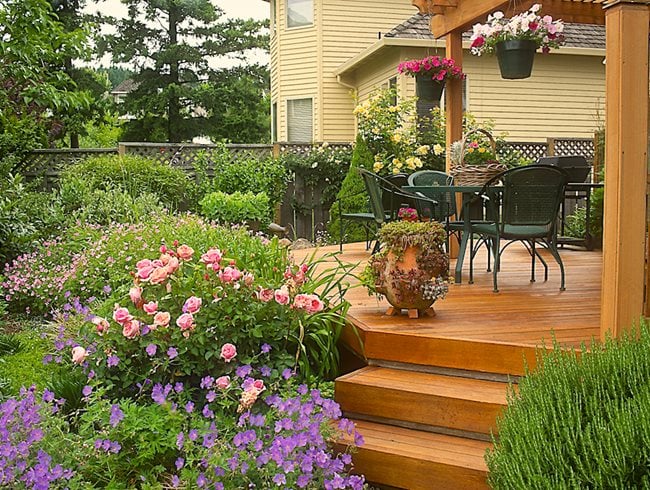

Read our guide to creating a vertical garden for more design advice. To add an element of height, include climbers, arbours, pillars or tunnels, and position seating to enjoy the scene through summer. Large pots of standard roses could punctuate each bed or be placed at regular intervals along the framework. Use our guide to choosing plants for your garden to get more advice.Īn elegant focal point of an urn, statuary or a water feature will complete the scene. If the plants chosen are lower than the rose bushes, their roots will not compete, and the formal look won’t get lost amid a tangle of growth. For a strictly formal garden design include roses alone, carefully positioned, planted quite close together and mulched, then trained and trimmed to conform to the design.įor a more casual touch, underplant roses with a controlled colour scheme of shallow-rooted annuals, perennials or tiny bulbs. Shrub and modern roses are ideal choices, as are standard roses. Modern Roses – bred from the early 20th century, these repeat-flowering varieties include floribundas, hybrid teas, landscape, climbers, miniature and David Austin English roses, which combine flower and fragrance of old roses with wider colours and repeat flowering of the new. Old Garden Roses – dating from before the 1860s, these large graceful shrubs with mostly one flowering are richly fragrant includes alba, gallica, damask, cabbage and moss roses. Species or wild roses – mostly single flowered that like to sprawl in a natural style, many have colourful hips in autumn includes rugosa, glauca, moyesii and canina. The array on offer can get a little complicated and bewildering, so think of roses in three main groups: Roses derive from around 100 species, with thousands of cultivars now to choose from. Recommended rose breeders with mail order websites include: Bare root roses are generally the best quality, have a wider spread of roots than container plants, and should be planted out as soon as you receive them. Water well until established and feed often in spring, followed by mulching with organic matter to retain moisture and suppress weeds – but not close to the stems. Thinking budget: The most economical way to grow roses is to plant bare-root plants from late autumn to early spring.For an arch like the one pictured above, this could mean planting a climber at 60cm intervals along the vertical struts. Plant your roses 1m away from other plants and 60cm or more from other roses.

They could also get overshadowed by other plants and not get the sunlight they crave. Companion planting: Roses need plenty of moisture so planting them in crowded places will mean they have to compete.Planning flowering seasons: If you choose rose varieties that repeat flower in flushes from June to the first frosts, this allows a succession of combinations with your annuals and perennials that also keep blooming, such as phlox, lilies, penstemons and salvias.Always research the roses you'd like to grow beforehand to ensure optimum results. Growing roses together: Deciding how many roses to grow in a space will depend on the type and growth habit – for instance, old roses need more space.A sheltered spot with good light is the best place (think south-facing with some large structures nearby to act as wind breaks). Sheltered/protected spots: Although they need good sun, don't plant your roses anywhere where they will be exposed to high winds or extreme frosts.If planting in a hot or Mediterranean climate, make sure they have partial shade to avoid scorching. There are shade-loving roses such as David Austin's Princess Anne and Phyllis Bide (see more roses for shady areas on the David Austin site). Sunlight: The majority are fully hardy and prefer a sunny position – although will do well if they get five or six hours of sun a day and are placed in an open position.Dig in plenty of manure before planting to prepare your soil. If this doesn't sound like your plot, you might want to grow them in a raised bed or large pot where you can control the soil type and enhance drainage. Prepare the soil: Roses will grow in most well-drained soils, but incorporate some well-rotted compost or manure before planting.If you want to plant roses in containers, find more advice and ideas for container gardening. Ideally try to see roses in bloom by visiting specialist nurseries and rose gardens during the flowering season.ĭecide whether you want roses on their own, or mixed with herbaceous plants or shrubs. Decide colours and style of flowers to suit your taste, the style of your house and garden, the conditions, and what effect you are aiming to create.


 0 kommentar(er)
0 kommentar(er)
